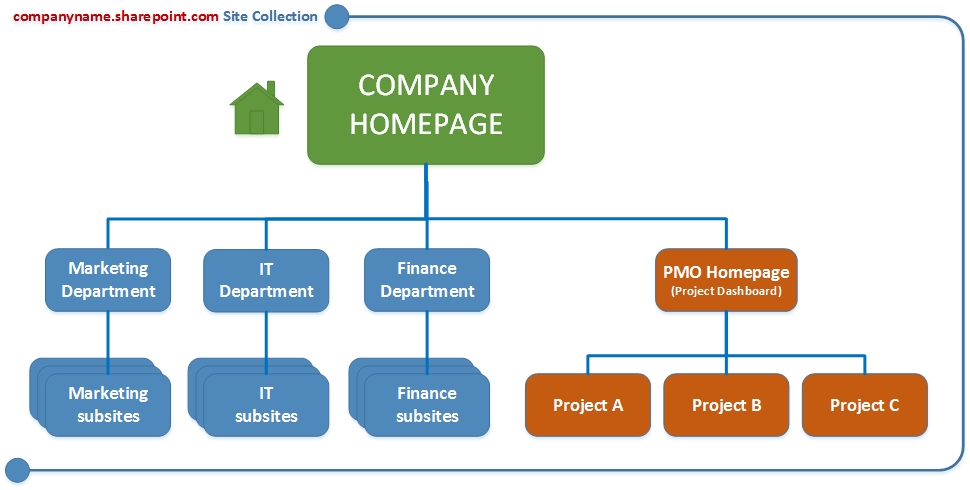Table of Content
When pulling new files from a remote repository’s URL into a remote-cache, the user performing this request must have deploy/cache permission. Do not set explicit NTFS permissions on deep levels in the directory. Limit the number of levels to 2-3 in order to keep things clear and simple. The number of permission groups and list groups needed to manage explicit permissions on deeper levels quickly grows out of control.

This leaves me with the exact image of the folder when the person left. In our agency each user has a home folder , then we have a separate Shared Folder that has limited access on an as needed basis and a separate folder for profile folders. All folders have security set at the parent folder level and permissions are set with security groups, not individuals, except for their home folder and profile folders. Let access-based enumeration help keep the home folder secure. When creating user folders under Home, remove all inherited permissions except System and Administrators, then add the user with Modify permissions.
Avoid Breaking Inheritance
When you assign permissions for working with application folders, assign the “Read & Execute” permission to the Users group and Administrators group. It’s a good practice to give “everyone” full control privileges on the Share Permission and then define specific permissions on the NTFS level—just as Microsoft has recommended it. Today, we are going to take a look atfive common mistakesmade when setting NTFS permissions. To help you avoid errors like these, we will also walk you through thebest practices for NTFS permission management. I got it working where newly created folders generated from AD when creating a new user, but there is a bunch of already existing folders that would need to to work the same way.

Should you have a remote repository cache, Artifactory will first try to resolve your artifact from the remote-cache. If your artifact are not present in that location, Artifactory will then try to resolve your artifact from your remote registry. Permissions that are assigned to your remote repository will also apply to its remote-cache. This said, knowing the best way to assign permissions is not obvious. In particular, it’s helpful to get into the habit of setting up groups in which user roles and permissions for your teams/projects are carefully defined. To ease administration, it’s important to keep application files and data files on their own individual folders.
Criminal Charges For Cyber Security Staff?
This prevents users from seeing any other home folder other than their own. If you let users, even executives or managers, create new folders in the root directory, your tidy folder structure will soon become cluttered with random items. Instead, keep the root-level hierarchy locked down and only allow IT to add new directories.

Also includes information on reporting and tips for implementation. You can learn more about how to securely manage Windows environments in our guide to Active Directory security. This will block the users from accessing other user home directories.
NTFS Permissions Best Practices: How to Set Permissions Correctly!
To learn more about why users who have more permissions than absolutely necessary are a threat to the safety of your data, read our article Reference Users – An Underestimated Risk. It’s also easier to manage the permissions of application or data folders when they are stored on their own, rather than when mixed with other file and data types. For instance, if users require “Read” permissions for several application folders, store those folders within a single folder. This will allow you to grant the permission to that larger folder, instead of doing that for each application folder.
In a complex environment, however, over-privileging can happen especially when users belong to multiple groups, causing users to have access they shouldn’t have. Assign minimum permissions that allow users to perform the required tasks. Additionally, backups will also be less complex since you can choose which folders to backup without worrying if other file types will be included. So we’ve established what not to do when it comes to NTFS permissions, but how do you actually manage NTFS permissions correctly? There are various aspects to consider, but to help you get started, we’ve compiled the most important recommendations for managing NTFS permissions safely and efficiently. An in-depth manual on how to set up access structures correctly, including technical details.
How to Set Correct Permissions to Home Folder in Active Directory Domain Services in Windows Server 2012 R2
This may not be very helpful, but for us the share itself is set up with only administrator access (e.g. user$) and then each user has access to only their own home folder. Typically for us though, if a senior manager needs a user's folder, it is infrequent enough that I simply set up their access to it manually. All other files they place on a shared resource for other managers to use as well. Remote repositories can be seen and reached via two different URLs – the repository-name and the repository-name-cache. The latter functions just like a local repository in that it only serves those files that are present in it. You cannot deploy artifacts directly to a remote repository cache.
This can help you when defining a given Permission Target, as your projects will contain your repository list. This not only serves as your guide but also as something you can share with other admins in your group to ensure everyone is on the same page. By using tools such as FolderSecurityViewer or Effective Permission tool, you can examine and see the permissions each user has and act upon them accordingly. Doing so prevents unauthorized access to critical data, making your environment more secure. Here are seven practices we find effective in managing NTFS permissions. We actually have the user's Documents folder redirected via group policy as well to the server.
This process should be avoided because it makes it more difficult to read NTFS permissions and, as a result, permission structures become confusing and chaotic. Users who have Read and Execute access to a specific folder must also have the List Folder Contents permission for any higher-up folders in order to navigate to their target. The List Folder Contents permission should be assigned via group membership. By using nested groups, you can ensure that each user automatically receives the NTFS permissions for browsing when they are given the relevant permissions to the subordinate folder.
For your manager-access requirement, do you require that all managers can see all user's files, or just that a user's own manager can see that person's files? If the latter, then it's somewhat more complicated and you'll want to use a PowerShell script to handle that logic. That would address both the initial creation, and subsequent setup for new hires.
I would recommend not having users "Home" folders nested inside of your "Shared" folder. However if you do make sure that you block inheritance on your Home folder so it does not automatically inherit permissions on the Shared folder. “Read & Execute” permits only viewing, accessing, and executing the file. This way, it’ll prevent application files from being accidentally deleted or damaged by users or viruses.

I work in an organization that has ingested devices from other organizations its acquired over the years. With that process many times bookkeeping hasn't been well done and so we don't know the age of the fleet of PCs/Laptops that are ingested.I need to ... Ok a question and discussion.I currently have a network running HPO ProDesk 400 and 600 computers, they have 7th Gen i5 processors, 8GB ram and aftermarket Kingston SSD's in them. When doing side-husle work, I installed Dell Optiplex computers in their o... You’ll find that certain projects or teams use certain repositories.
Since NTFS permissions offer more fine-grained access control, many admins choose to set share permissions to a high level and define the actual permission level using the NTFS system. That is how our set up works also, however we go into the users folder and change the security from Full to Modify. That way they can still add/remove, but can't change the security settings. We setup the root with CREATOR OWNER and admin, then when the user logs on it creates their home folder beneath the root with the appropriate permissions. If a manager needs access to a file we have a "Public Folder" where common work files can be moved to for this purpose. If its a possible disciplinary thing, the manager will tell me what they are looking for and I will play blood hound and find it for them.

No comments:
Post a Comment